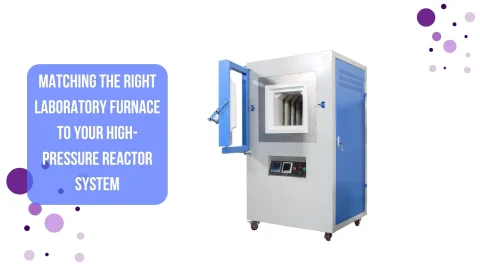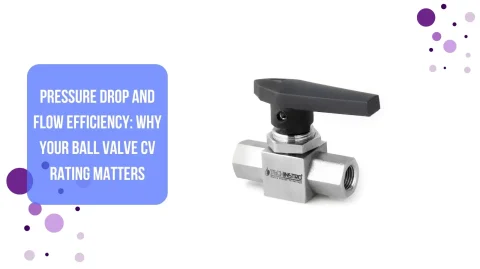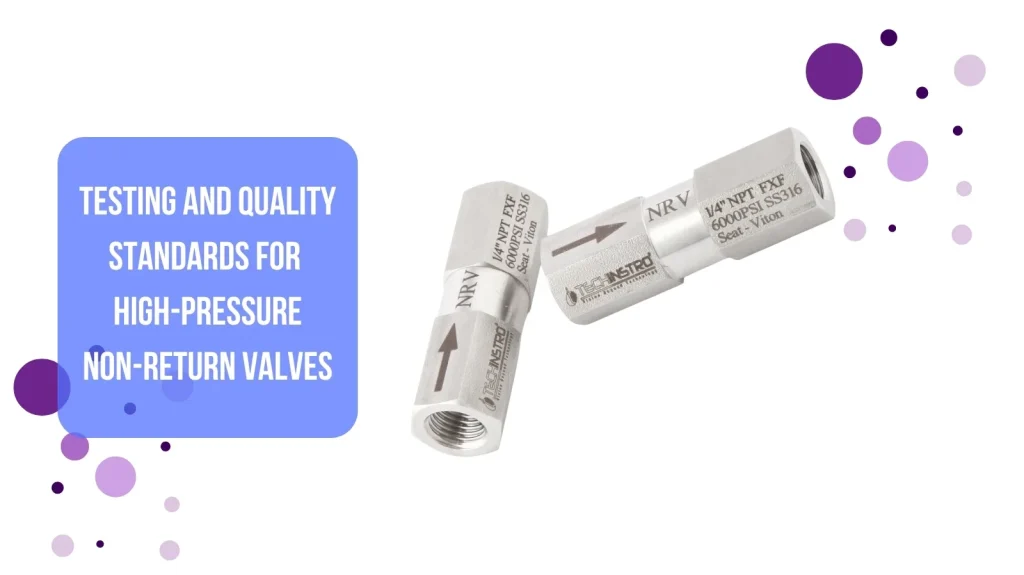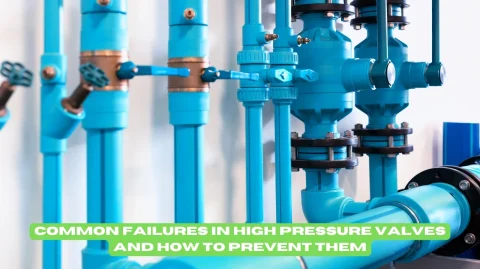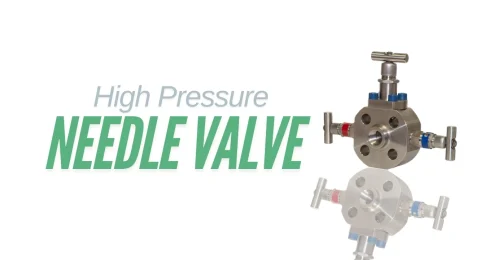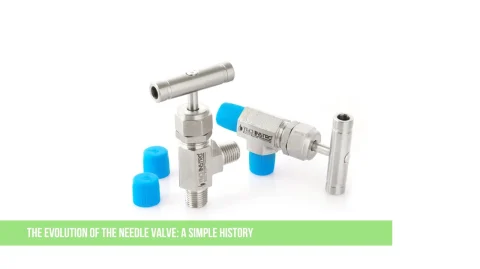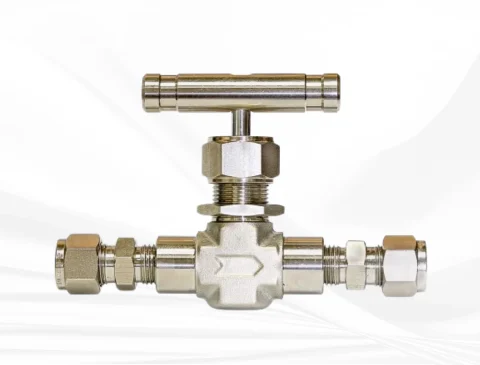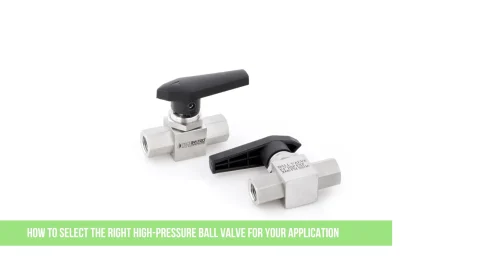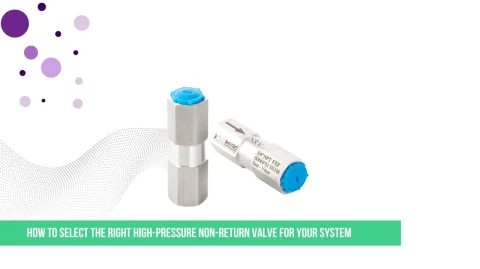A high-pressure non-return valve (NRV), also known as a check valve, is a mechanical device that allows fluid to flow in one direction only and prevents backflow. These valves are commonly used in hydraulic systems, gas pipelines, chemical plants, and many industrial applications where maintaining pressure and preventing reverse flow is critical.
To ensure safety and reliable operation, every high-pressure non-return valve must undergo rigorous testing and quality checks before use. Let’s understand how these tests are done and what standards are followed.
Why Testing is Important
High-pressure systems can be dangerous if components fail. Even a small leak or reverse flow can cause pressure loss, equipment damage, or safety hazards. Therefore, testing ensures that:
The valve performs properly under high pressure.
There is no leakage or backflow.
The valve materials and design can withstand harsh conditions.
Buy High Pressure Non Return Valve:
Types of Tests for Non-Return Valves
Hydrostatic Pressure Test:
This test checks the valve’s ability to withstand high pressure using water as the testing medium. The valve is filled with water and pressurized above its working pressure to prevent leakage or deformation.
Pneumatic (Air) Test:
Instead of water, air or gas is used to test the valve for leaks. It is a more sensitive test and helps identify tiny leakages.
Seat Leakage Test:
This test ensures the valve’s sealing surface prevents any fluid from passing backward when it’s closed.
Cracking Pressure Test:
This determines the minimum pressure required to open the valve known as the cracking pressure. It helps ensure the valve opens only at the correct pressure.
Operational or Functional Test:
The valve is repeatedly opened and closed under pressure to verify smooth operation and durability.
Quality Standards Followed
Manufacturers follow several international standards to ensure valve quality and safety. Some of the most common include:
API 598 – Valve inspection and testing standards by the American Petroleum Institute.
ISO 5208 – International testing standards for industrial valves.
BS EN 12266-1/2 – British and European standards for valve pressure testing.
ASME B16.34 – American standards for valve design and pressure-temperature ratings.
These standards define testing procedures, pressure limits, materials, and acceptance criteria to guarantee consistent quality.
Final Quality Inspection
Before shipping, each valve undergoes a visual inspection to check for cracks, defects, or material issues. Labels and pressure ratings are verified to ensure compliance. Some high-end manufacturers also provide test certificates with detailed test results and inspection reports for customer assurance.
Conclusion
Testing and quality standards are vital to ensuring the safety, reliability, and long life of high-pressure non-return valves. Through rigorous hydrostatic, pneumatic, and functional tests — and compliance with international standards such as API 598 and ISO 5208 — manufacturers ensure every valve performs perfectly under demanding conditions.
A properly tested non-return valve not only protects equipment but also ensures smooth and safe operation of entire industrial systems.
